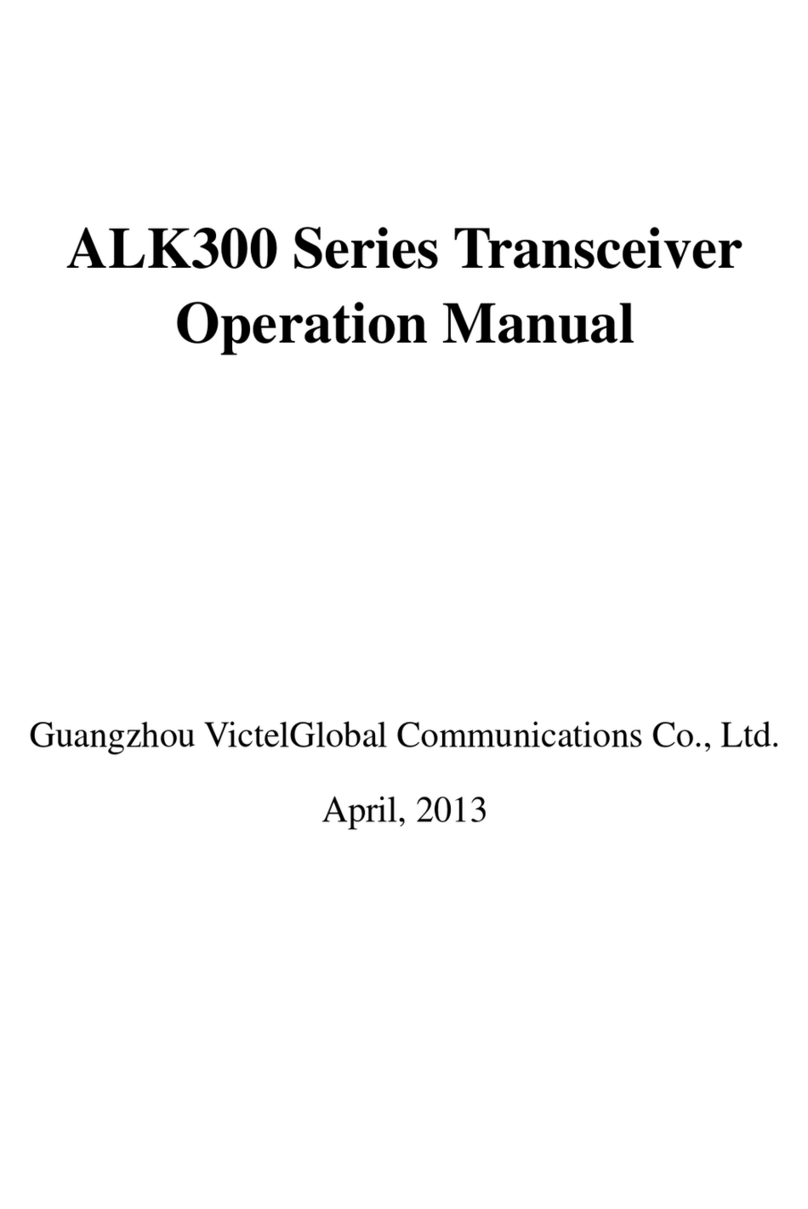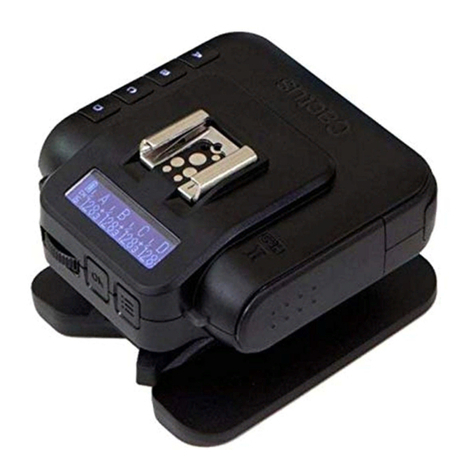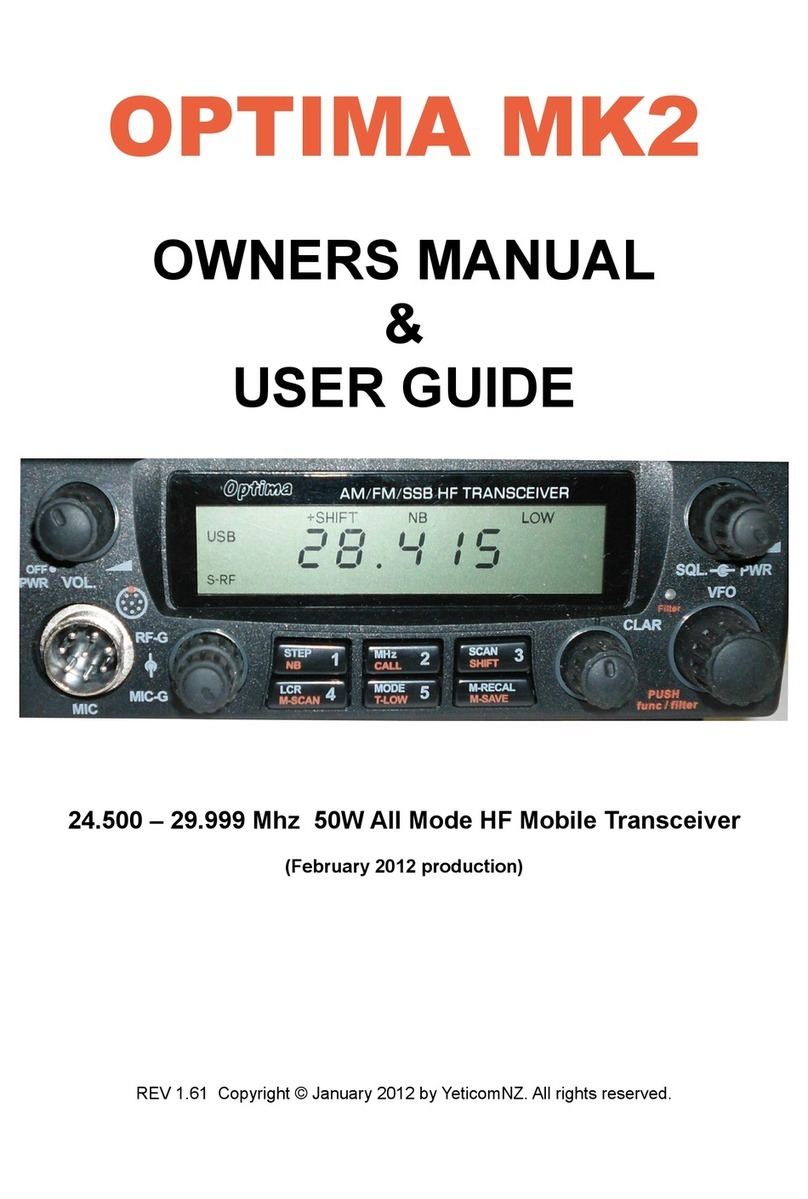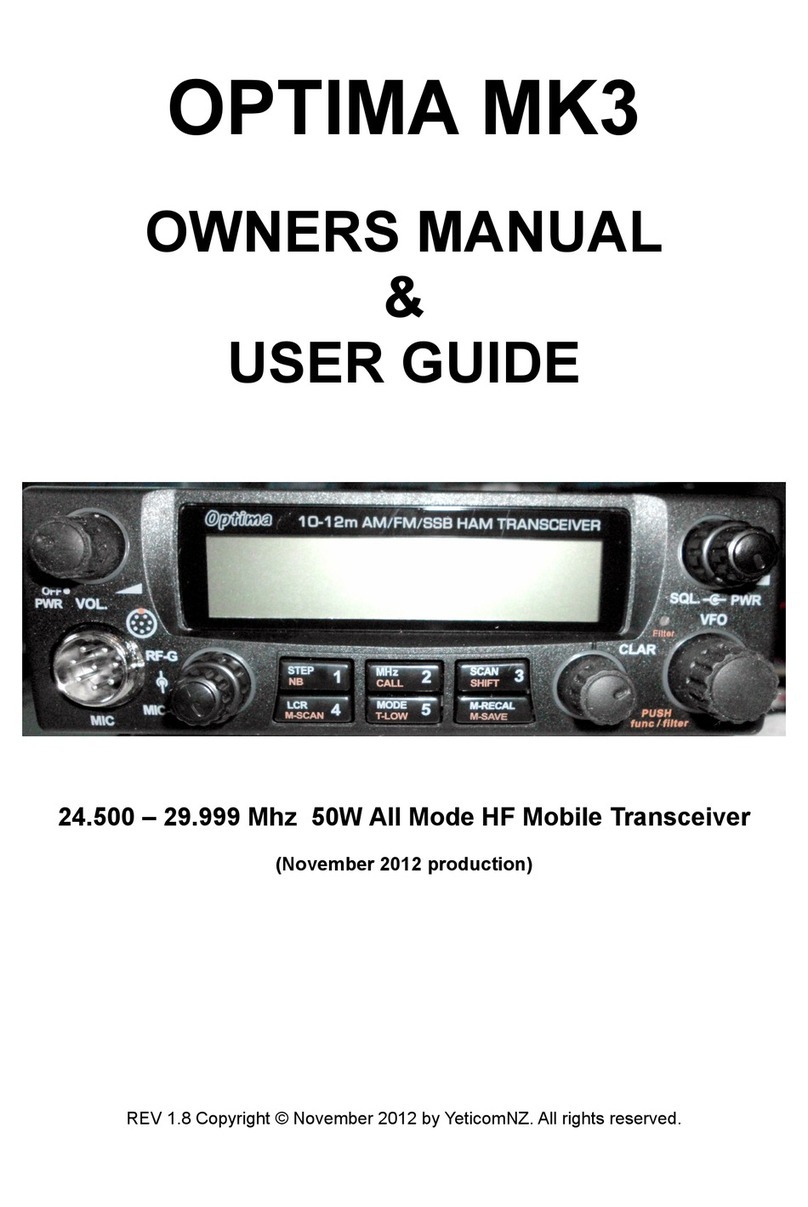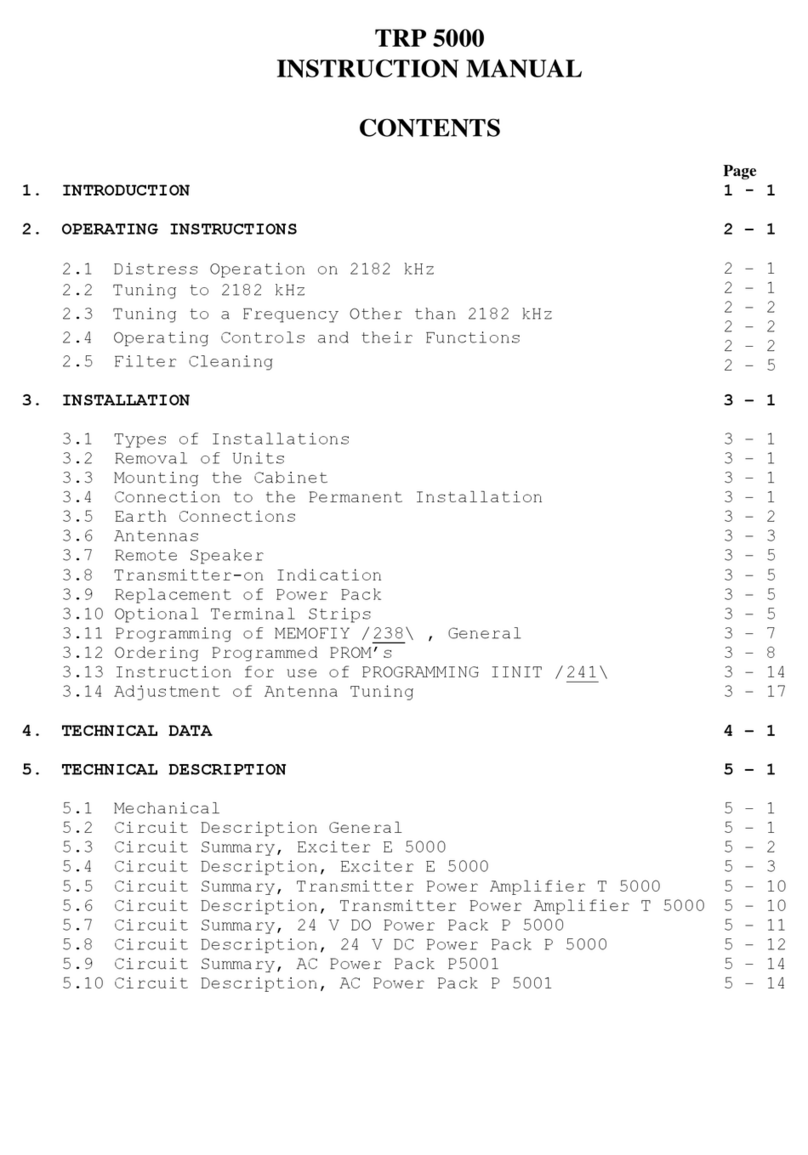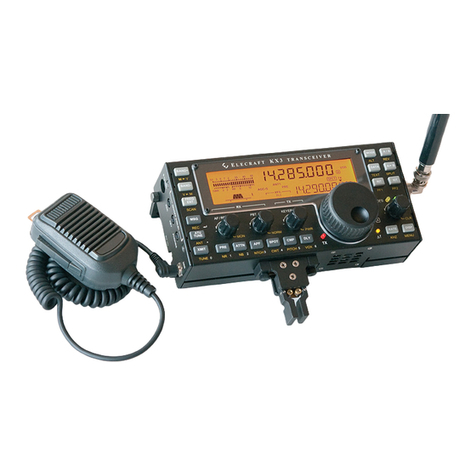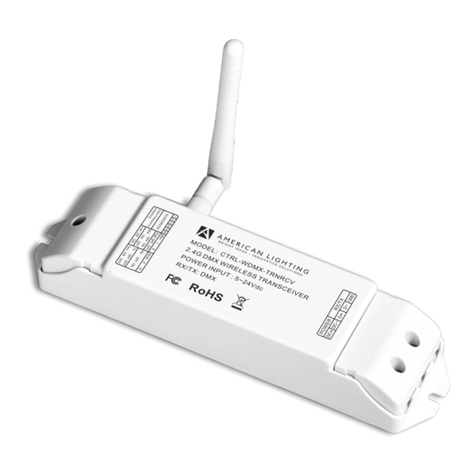6. CALL \ 2
CALL: The operation of the CA button is
determined by the internal jumper settings in the radio.
(See Additional Features, Jumper settings; page 10)
CB Modes: With the Func actve the display will toggle
between channel read out and frequency read out.
In Ham Mode: The radio will toggle between 10m and
12m modes.
In freeband mode the OPTIMA will step up in 1mhz
steps.
2: Memory Channel 2. After programming this button
is memory channel 2. See M. OAD \ M.SAVE control
for programming instructions.
7. MODE \ T. LOW \ 5
MODE: Operating Mode. Press the MODE control to
select the operating mode. The operating mode is
indicated on the liquid crystal display: AM, FM, USB, or
SB.
T. LOW: Tone ow. Press the FUNC button, and then
press the T. ow button to turn on the receive audio
tone control. OW will appear on the CD when the
low tone is activated. This feature will roll-off high
frequency noise (i.e. “white” noise). Under many
operating conditions this will improve the clarity and
understanding of received signals.
5: Memory Channel 5. After programming this button
is memory channel 5. See M. OAD \ M.SAVE control
for programming instructions.
8. SCAN \ SHIFT \ 3
SCAN: Frequency Scan. Scans in increments of 10
kHz. There are two ways to scan using the front panel
controls.
(1) Receive Audio On Scanning: Press the SCAN
button. Scan rate is one step every 5 seconds. To stop
scanning press the SCAN button again, or momentarily
press the PTT button on the microphone (scanning
will stop without transmitting).
(2) Receive Audio Mute Scanning: Carefully rotate the
squelch control a minimum excursion (refer to 14) until
the receive audio is off. The receiver scan rate will now
be five frequencies per second. When a signal is
detected the squelch is automatically disengaged and
the scanning is paused. The squelch circuit will
automatically re-engage and the receiver will continue
to scan the moment the received signal is no longer
detected.
To stop scanning, press the SCAN button, or
momentarily press the PTT button on the microphone
(scanning will stop without transmitting).
SHIFT: Shift Offset. Used for programming offsets to
operate repeater networks. The OPTIMA can transmit and
receive on different frequencies.
To program the offset, press the FUNC button and hold
down the SHIFT button for 3 or more seconds. Three
digits will appear on the CD. This is the offset frequency
in kHz. Rotate the FREQUENCY control until the desired
offset frequency is displayed. To return to the main display
press the FUNC button and hold down the SHIFT button for
3 or more seconds, or momentarily press the PTT button on
the microphone (the transmitter will not be engaged).
To activate the programmed offset frequency, press the
FUNC button, and then press the SHIFT button once.
+SHIFT is displayed on the CD. The radio will now
transmit on the frequency that is XXX kHz greater than the
displayed, or receive, frequency (XXX represents the
programmed offset frequency in kHz).
To transmit on the frequency that is XXX kHz lower than the
displayed, or receive, frequency press FUNC, then the
SHIFT button. Repeat this until -SHIFT is displayed on the
CD.
To disengage the programmed offset frequency, press
the FUNC button and then press the SHIFT button.
Repeat this until the SHIFT indicator is no longer displayed
on the CD.
3: Memory Channel 3. After programming this button
is memory channel 3. See M. OAD \ M.SAVE control
for programming instructions.
9. M.SAVE \ M.LOAD
M.SAVE: Memory Save. To save in memory a specific
frequency and operating mode, select the desired mode
and rotate the FREQUENCY control to the desired
frequency.
Press the FUNC button, and then press the
M.SAVE button. S will appear on the CD next to the
frequency. While S is displayed, immediately press any
of the memory channel buttons (1 - 5). The mode and
frequency is now saved into memory. If the S indicator
disappears before you press the memory channel button,
the information will not be saved and the process
must be repeated.
M.LOAD: Memory oad (Recall). To load, or recall,
any of the saved memory channels press the M. OAD
button. will appear on the CD for several seconds.
While the letter is displayed press the desired memory
channel button (1 - 5). The programmed mode and
frequency will be displayed.
9




